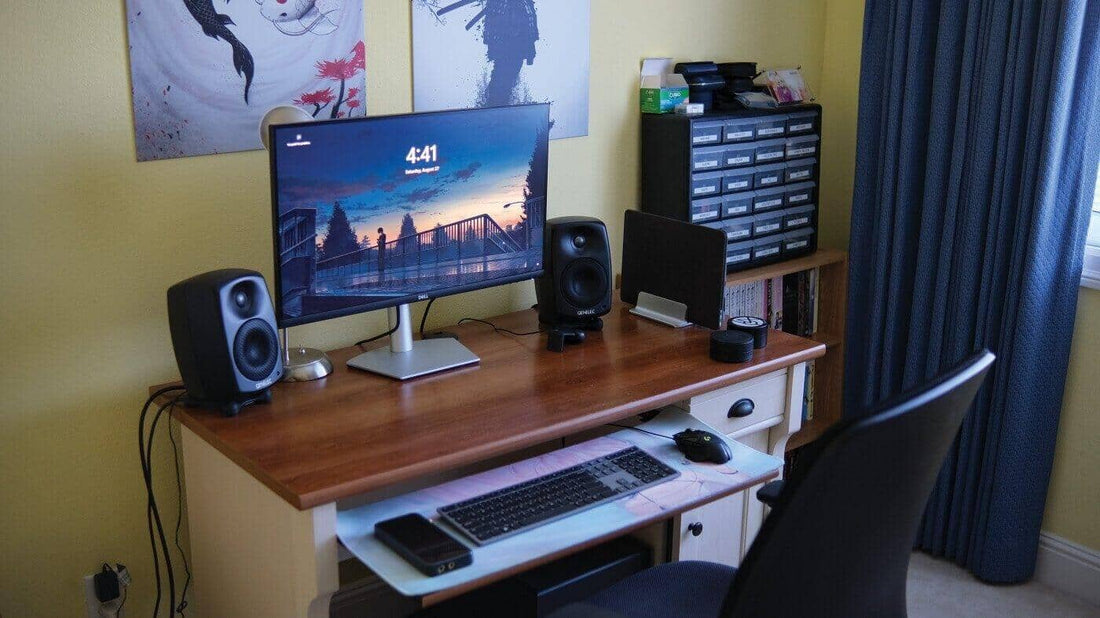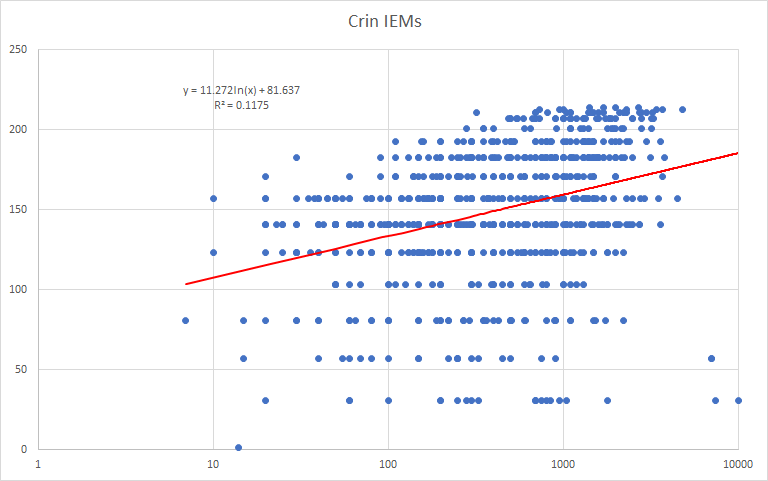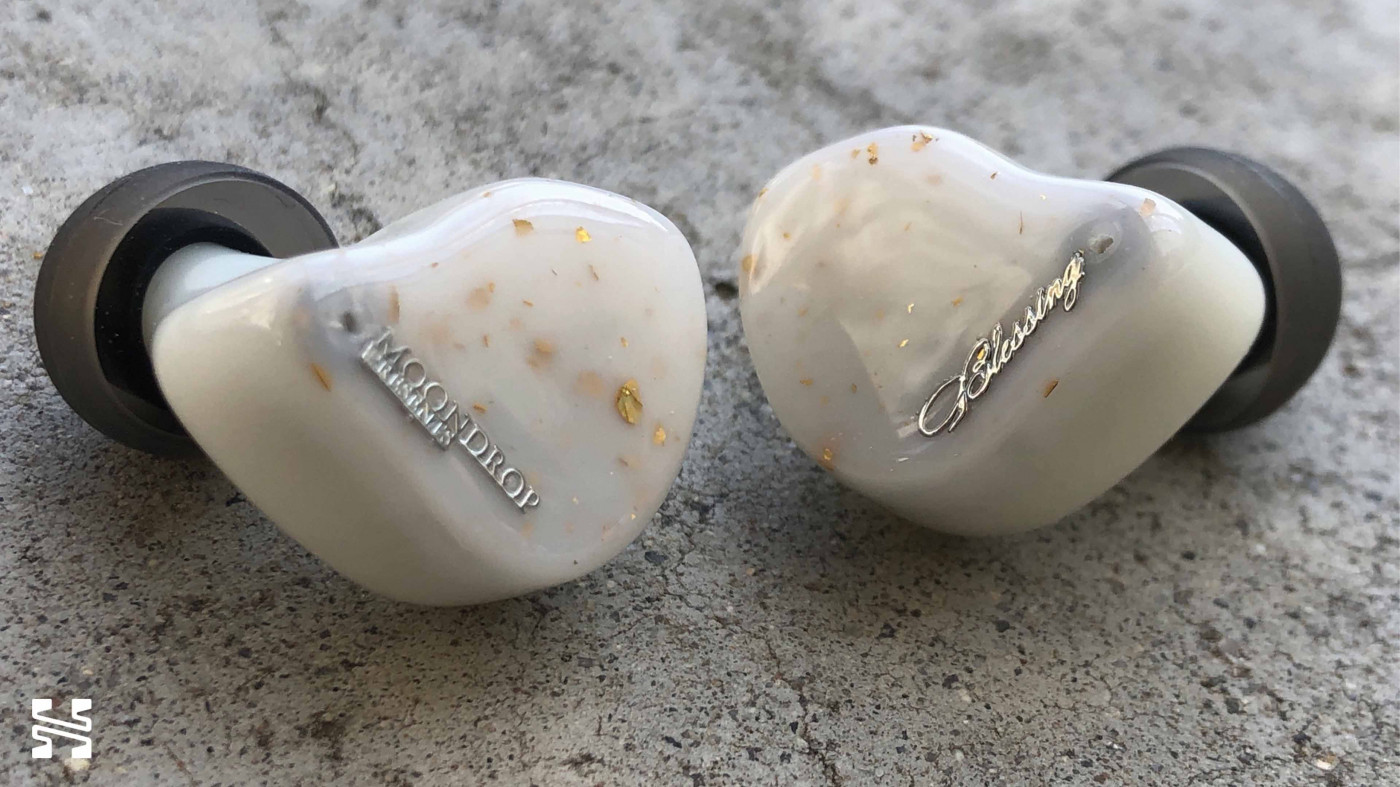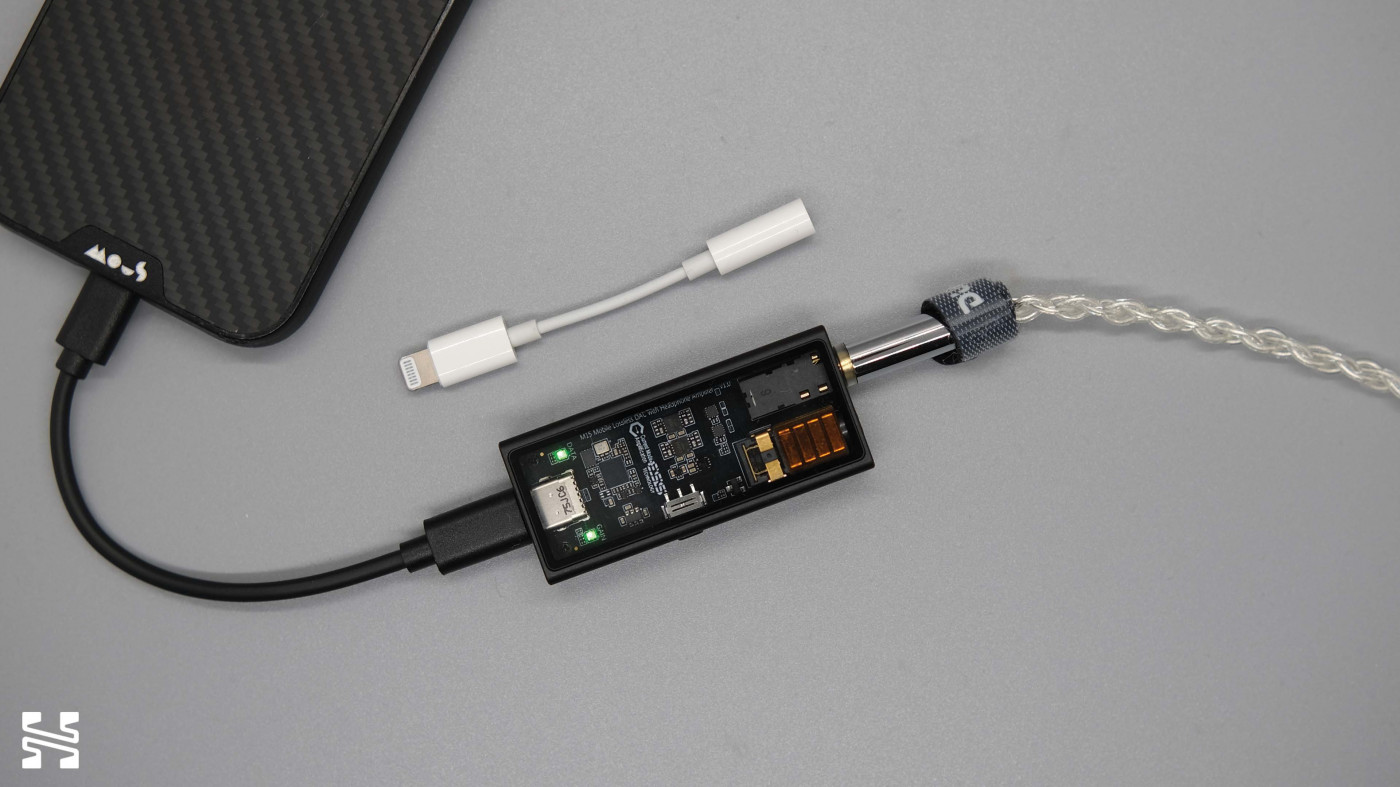What I Wish I Knew Before Getting into Audio

What I Wish I Knew Before Getting into Audio
Written by PrecogVision
Introduction
So you’ve just gotten into the audio hobby, or maybe you’re someone who’s already been in the hobby for some time. Maybe you’ve seen some posts on the usual forums that say, “Am I doing this right?” or maybe you’re the person who posed that question in the first place! It’s totally normal to want confirmation that you’re on the “correct” path in this hobby, as personal as it is, so I thought I could share some of the fruits of my experiences with audio, and the things that I wish I knew before spiraling down the rabbit hole.
For some context about me as an audiophile, I’ve been in this hobby for about three years, the last couple of which I’ve been working as a reviewer. So no, I’m not your wizened audiophile who might be more qualified to lend decades of experience in the hobby. But what I can share is the experience of an individual who got into the hobby at a younger age; the experience of an individual who has not only had the opportunity to hear way more gear than the average person, but has also been tirelessly communicating the nuances of what he’s been hearing at the same time.
Price is (mostly) just a number.
Moving off to the races, I vividly recall hearing a $3500 IEM - the most expensive IEM I’d heard yet in my early days of the hobby - and immediately thinking to myself, “Wow, this thing sounds straight awful”. Moral of the story? Price doesn’t mean squat in this hobby. Well, that’s not emphatically true: I would suggest there is a positive correlation between price and sound quality; however, it's a rough one.

From Mad Economist, this is a look at Crinacle's ranking list with a linear regression model fit on price vs. ranking. The R-squared value implies that there is correlation between the variables; however, it is a weak one.
I find that the vast majority of IEMs on the market are just mediocre. Many manufacturers simply are not good at tuning and prey on the common misconception that something more expensive is better. Preference also makes all the difference. While I do respect and enjoy IEMs with different flavors of tuning, like most listeners, I have a predilection for certain qualities of sound even if I try to keep them from influencing my reviews. For these reasons, don’t be surprised if when you finally hear a kilobuck IEM, or expensive IEM in general, you prefer another IEM at a fraction of the cost.
Similarly, I don’t think it makes sense to get caught up in the price game, or feel like you need to upgrade. Everyone has their own approach to buying gear. As opposed to many listeners who slowly creep their way up with progressively more expensive gear, I actually jumped to the gear summit earlier on because, as a reviewer, I felt like I needed to know what the “best” was. Cutting the pretense also saved me a lot of money in the long run because I wasn’t stuck sifting through what some might affectionately call “mid-fi” hell. But I got really lucky in that the IEM I chose ended up being my ideal sound signature. Ideally, I probably would’ve played around with budget IEMs a little more to get a better feel for my preferences before jumping to the top of the summit. However, budget IEMs also aren’t going to deliver the unique, desirable colorations that IEMs at the more expensive end of the spectrum are known for. If it’s possible, you really want to be demoing them to find out.
How do I maximize value?
Just keeping it real, there is usually no monetary return on audio gear. Most audio gear drops in value dramatically the moment it leaves the dealer (I’d make an analogy to cars here, but that’s not what’s been happening lately). There are still some steps you can take to make sure you are getting maximum emotional return from your gear for the right price, though.
As I alluded to above: demo, demo, and demo some more. You never want to make a blind purchase in this hobby if possible. If you don’t have a local store near you, it helps to find friends who are into audio as well! I would also highly advise against making impulse buys given that preferences tend to change quite quickly when you are new to the hobby. FOMO - short for both “flavor of the month” and “fear of missing out” - is a common denominator that newcomers and experienced hobbyists fall prey to. This is when learning how to understand frequency response, and your preferences, also becomes a boon.

Industry shows are another great avenue to take advantage of, although be aware that show environments are often not conducive to ideal listening sessions - especially with full-size headphones.
Second, take advantage of the secondary market. As I alluded to above, it’s not uncommon to see most gear drop 30-50% in value the moment it has a first owner. If you buy used, if what you purchased falls out of favor for you, you can minimize your loss when reselling.
Try and not play the objective vs. subjective game.
Let’s take a step back to the whole “am I doing this right?” question. The chasm between the objective and the subjective is deeply ingrained in the hobby, and often, one of the first things that newcomers will feel overwhelmed by. They find themselves asking, “Which side do I trust?”. On one extreme, the objective touts measurements as the end-all-be-all (within the context of headphones, this is usually frequency response) and attempts to squash any talk of “musicality” or individual preference. On the other extreme, the subjective disregards measurements and firmly adheres to the “I trust my ears above all else” mantra.
But here’s the thing: at the end of the day, debating which side is “correct” is an exercise in futility and it only exacerbates the divide. I have found that a marriage of both elements is what has worked best for me; while I anchor my impressions to frequency response, I do not stray away from using words such as “dynamics” and “resolution” because they are useful adjectives that other listeners can relate to hearing. Basically, one should definitely not disregard measurements because they are a common source of truth and they allow someone to better understand their preferences and what might work for them. On the other hand, understanding the limitations of measurement accuracy and making room for the subjective experience is equally important.
Trust your ears, but know that your preferences can change.
Admittedly, I “grew up” in the subjectivist camp where many listeners fall into the “just trust your ears” mindset, often to the point of which the comment rings as either a platitude for choosing a poor sounding headphone or justification for disregarding measurements in many posts that I see. Unfortunately, this is also poor advice for a lot of beginners, as many listeners do not have a baseline when starting out. A personal anecdote for illustration: I fondly recall hearing my first IEM, the Massdrop Noble X, and being blown away by the sound quality. But after hearing many more IEMs, it is now an IEM that I would place near the bottom of the barrel. In essence, anything can sound “good” without context; you don’t know that something is not good until you have heard better.

Another mistake early in my audiophile journey. The Blessing was far from being a bad IEM, but I found out the hard way that I just wasn't a fan of its Harman sound signature. When I first owned it, I didn't understand why I didn't like it. When I listened to it again a couple years later, though, I immediately knew why I wasn't a fan.
With experience, it is possible that a listener’s ears will also improve at discerning peaks and valleys in frequency response; this is something that can even be trained through programs such as Harman’s How to Listen. Being able to discern frequency response by ear can greatly aid in making an informed purchase decision and developing concrete preferences. But this goes both ways: if one does not swap between headphones frequently, it is possible that one’s ears will experience sensory adaptation and become accustomed to a given headphone. Peaks or recessions that might have been initially pesky or odd, respectively, can become the listener’s new baseline for normal. In turn, this can influence a listener’s assessment when hearing a new headphone. This is why I usually recommend new listeners give new headphones a chance by listening for a week - and then comparing to their old headphones - before they decide the new headphone is not for them.
Some listeners never hear more than minor differences between headphones even with more experience. Lucky for these listeners, they’ve saved themselves a lot of money and headache. However, it is not uncommon that more experienced listeners will find that they do not need as much time to assess their like/dislike for a given headphone and they begin hearing more pronounced differences. This is the point at which I believe the “trust your ears” mindset begins to ring more truly.
Love our in-depth reviews?
We test and review hundreds of headphones every year. Sign up to get the latest news, reviews, guides, and more in your inbox. Join the 60,000+ like-minded audio lovers who love our newsletter!
Scrutinize your chain and don't be afraid to be a skeptic.
This is just my opinion, but I have very rarely found a chain (source, cables, power etc.) outside of tips and pads to make significant differences to my listening experience - especially with IEMs. This is not to suggest that differences don't exist - because I believe they do - but to assert that they are very small for me. I know this sentiment isn't true for all listeners: go on the forums, and you'll see no shortage of proclamations about night and day differences from swapping a cable. But in essence, you'll probably observe that there is a much wider spectrum of opinions on the effects of a chain than there is between given headphones/IEMs (for which opinions already tend to vary quite a lot).
Why is this? One, it's because the differences are (at least to me) quite small. But what you'll probably quickly realize is that aural memory is also super fallible - it fades within seconds of hearing something! Stack on the power of placebo and cognitive dissonance when you've purchased something new, and you have a recipe for wasting a lot of money. So what's the best approach for building a chain? I think this is where it doesn't hurt to be a skeptic and to think critically. Sit down and do a dedicated A/B comparison. Blind with the help of a friend is even better. Don't be afraid to question what you've heard.

Within the context of hearing a new system, a common tactic I've had pulled on me by salesmen is comments like "it's a big upgrade from your system X, right?". You almost feel compelled to agree in this type of instance, and if you do agree verbally, it can subconsciously lull you into thinking what you heard was actually better! It's easy to fall into this trap if you're just listening with friends too. Another common tactic I've seen is simply turning up the volume. Music generally sounds better when it's louder, especially on a good system. But if it's a bad system, and you know how to discern frequency response, louder volumes can actually exacerbate uncanny dips and valleys in the frequency response. Go with your gut if something sounds "off". Something else to watch out for when demoing a new system is if you're not able to use your own test tracks - that's a major red flag. And speaking of which...
You don’t need to be listening to audiophile test tracks.
“I have to say that some of these tracks are not worth more than a 5 euro headphone”.
Yes - that is a real comment on one of my reviews. The amount of times I have seen someone taking a shot at someone else for the music they listen to, or to justify a difference of opinion, is honestly depressing. While there might be some merit to music selection influencing differing opinions, do not let others dictate what you are listening to or feel pressured to listen to certain tracks or genres to bring out a headphone’s “true potential” (or to make it more worthy than of a five euro headphone in this instance). One, this is silly because you bought the headphones to enjoy your music, not someone else’s music. But two, a lot of “audiophile approved” test tracks are simply poor assessments of a headphone’s performance.
To clarify, when one thinks of audiophile test tracks, they are usually referring to tracks that have been mastered well and that have high dynamic range. Unfortunately, here's the catch: tracks that have been well-mastered will - surprise - actually sound good on most systems anyways. That’s inherently part of what makes a well-mastered track a well-mastered track; therefore, a poor assessment of a headphone’s capabilities. These tracks also have a tendency to be predominantly midrange-focused, which is a frequency range that most headphones will easily produce. That in mind, if you actually want a feel for how a headphone is going to stack up, you would ideally be testing with busier music that tokens both the low and high extremes of the frequency spectrum. Also test with music that you are intimately familiar with.
One of my extensive playlists of unabashedly compressed music.
The Bottom Line
The above might also point to the time-old argument of music vs. the gear, another argument I recommend not getting caught up in. If there's a takeaway here, I think most readers can agree that the end goal of a hobby like audio is to derive fulfillment and enjoyment, for which there's many ways of doing so. It can be through the gear or the music; it can be from buying up all the gear under the sun or finding one piece of gear you really like. What I've outlined is mostly just my pragmatic approach to the hobby and what I think, had I known a few years ago, would've brought me the most happiness as the jaded reviewer I am now.
